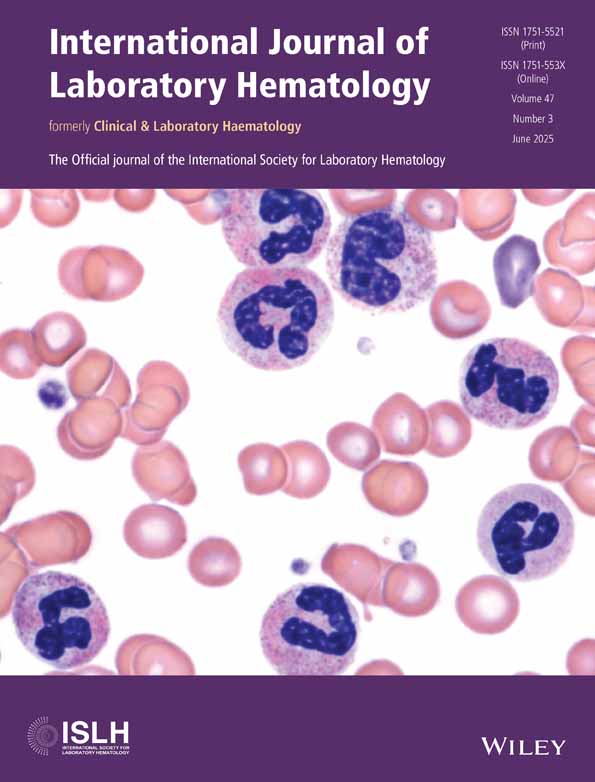Cold Stored Platelets: A Solution for Platelet Aggregation External Quality Assessment/Proficiency Testing
Funding: The authors received no specific funding for this work.
ABSTRACT
Background
To achieve accreditation for ISO 15189, laboratories are required to either participate in EQA exercises or intra-laboratory comparisons to meet the standard. Light transmission aggregometry performed by laboratory scientists for the clinical investigation of possible platelet function defects is time dependent. Current EQA available audits the interpretation of platelet aggregation traces.
Objectives
Could NEQAS BC provide external quality assessment (EQA) material to centres employing Light Transmission Aggregometry LTA for clinical investigation of platelet function? The use of fresh donor platelets could audit more of the analytical and post analytical aspects of light transmission aggregation than currently available.
Methods
A pool of donor platelets was split into aliquots that were distributed to testing centres across England, Scotland and Wales for testing within a 72 h window. Participating centres employed their locally validated testing methods for LTA assays, for agonists including ADP; Arachidonic acid; Collagen; Epinephrine; Ristocetin; TRAP and U46619.
Results
Five different aggregation platforms were used including: Chronolog 700; Helena Aggram; PAP-8; Stago TA-8V and Sysmex CN-series. Sample packs were tested through the 72 h window with most sites performing LTA on the EQA material on day one of the three.
Conclusion
The % consensus of interpretations provided by participants for agonists including: ADP; Arachidonic acid; Collagen; Epinephrine and Ristocetin ranged from 94% to 100% indicating that the material is stable plus centres using different aggregometers returned the same clinical interpretations.
Conflicts of Interest
The authors declare no conflicts of interest.
Open Research
Data Availability Statement
The data that support the findings of this study are available on request from the corresponding author. The data are not publicly available due to privacy or ethical restrictions.




